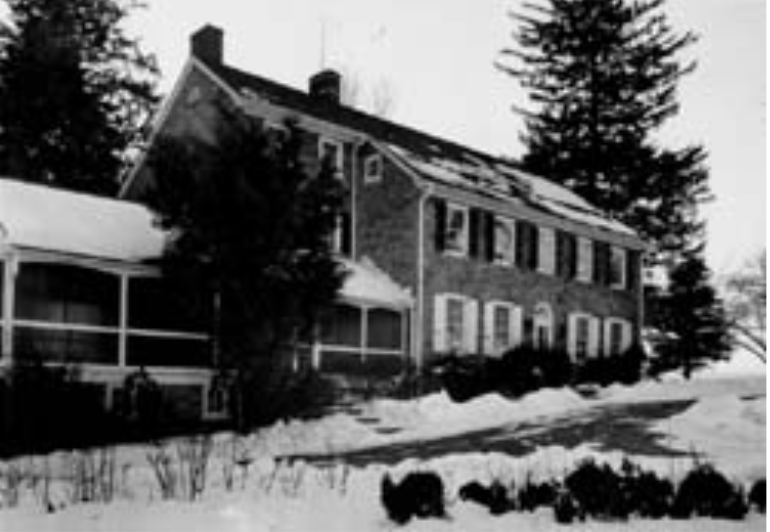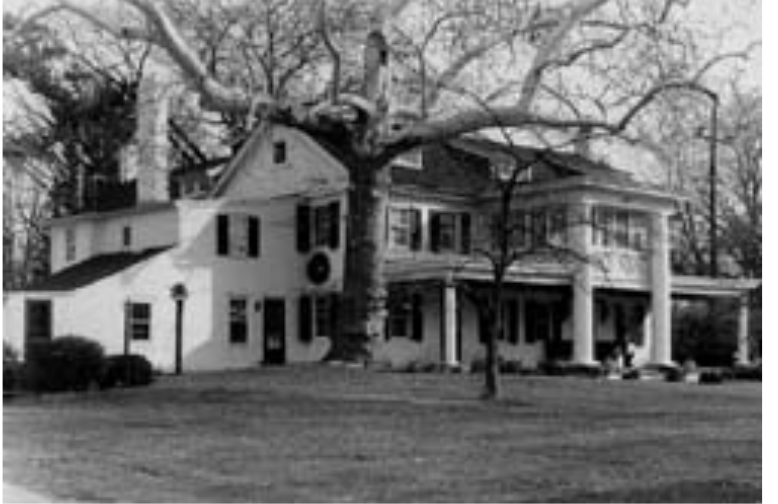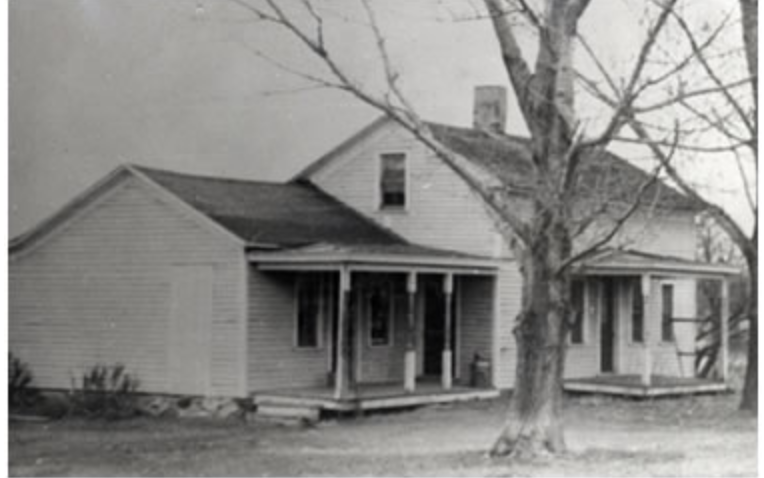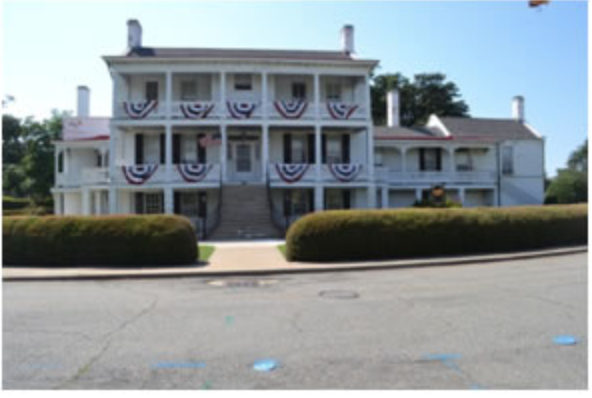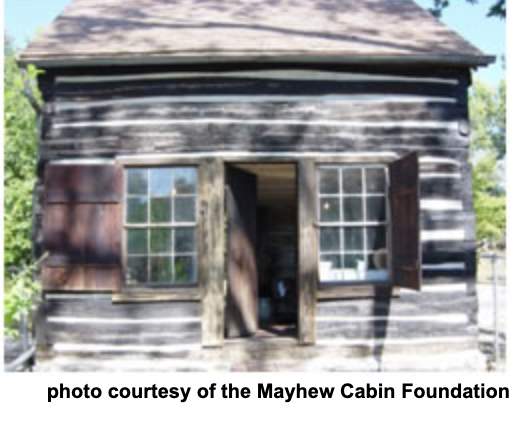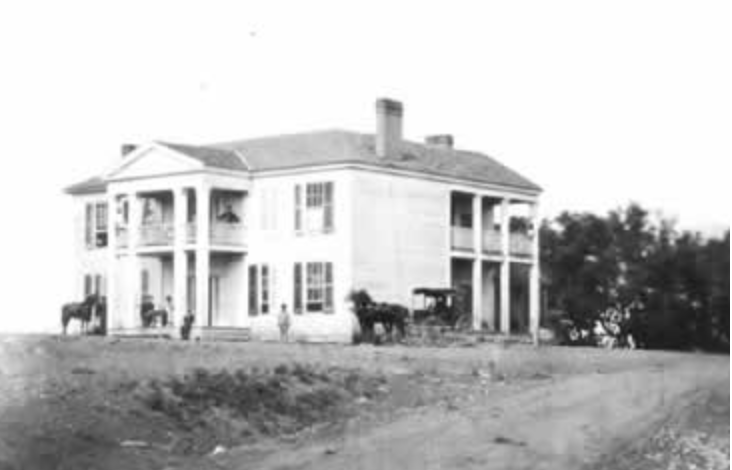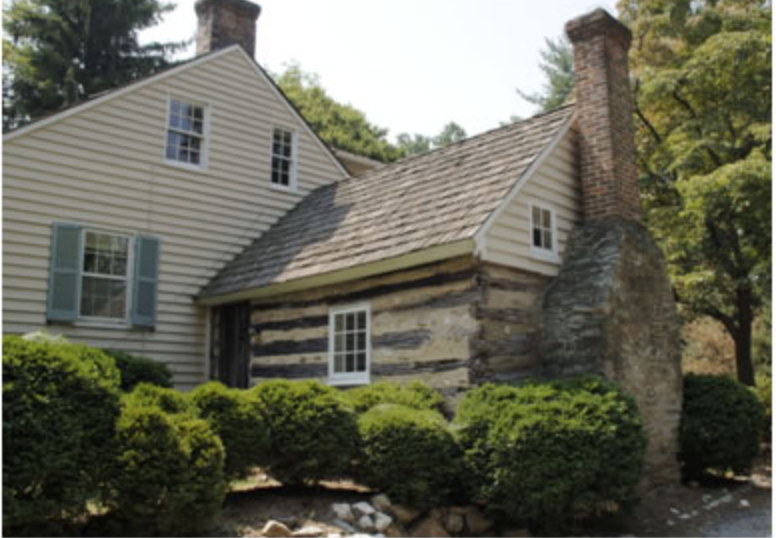Bethel AME Church
The Bethel congregation was very active in the Undergroung Railroad in the years before the Civil War. Jacob Ross, one of the founding members, was once a runaway slave that remained in the community that helped him.
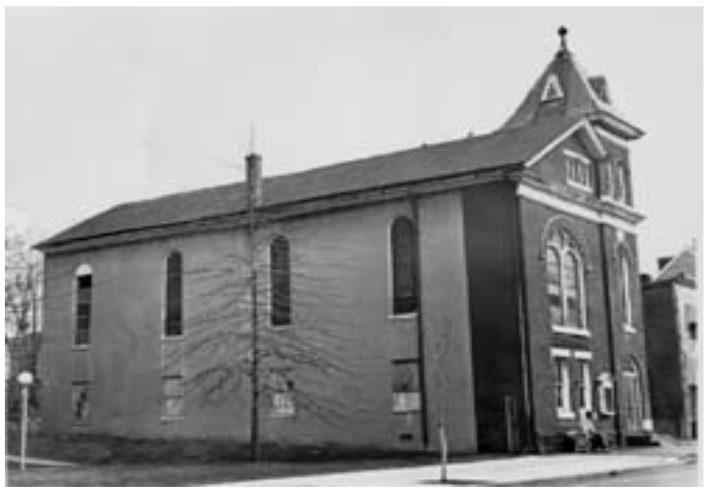
Bethel AME Church
Photograph by R. Johnson. Courtesy of the Pennsylvania Historical and Museum Commission
